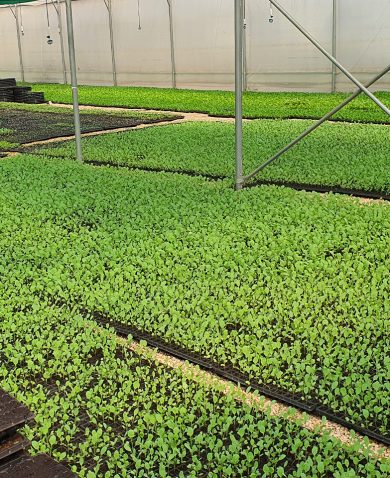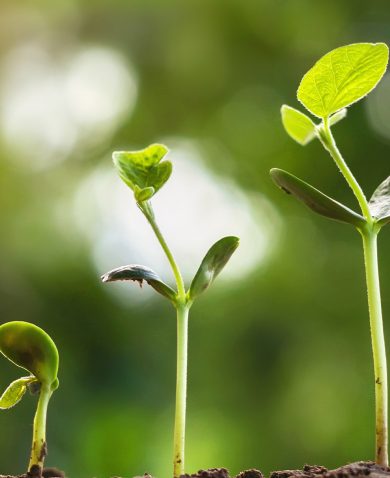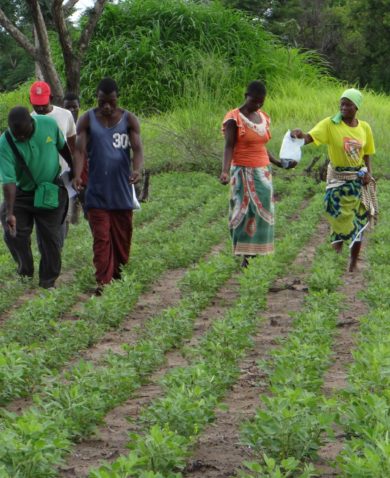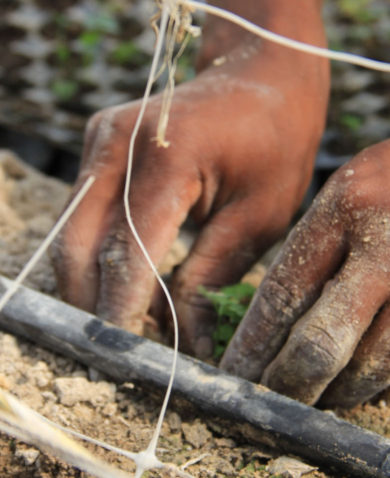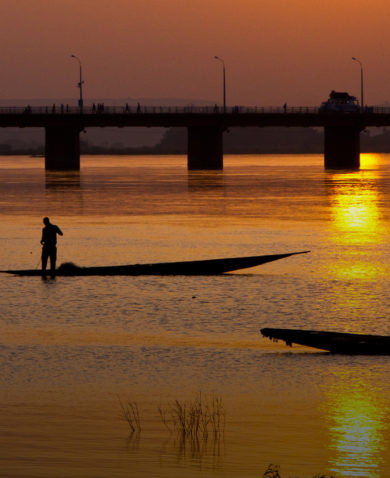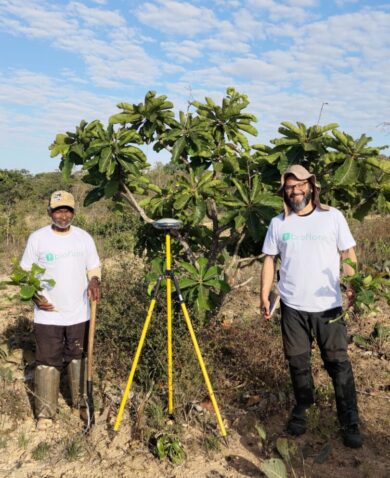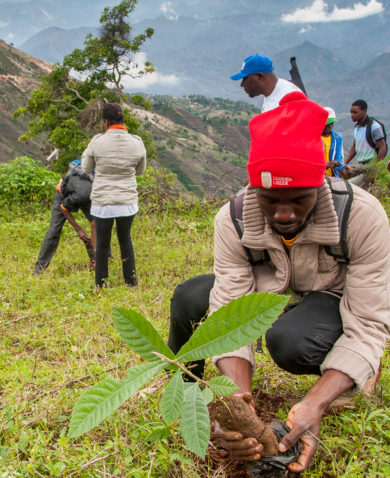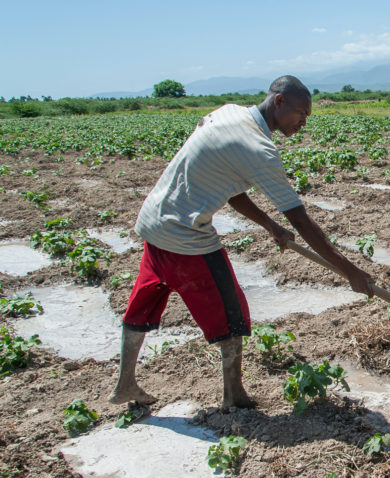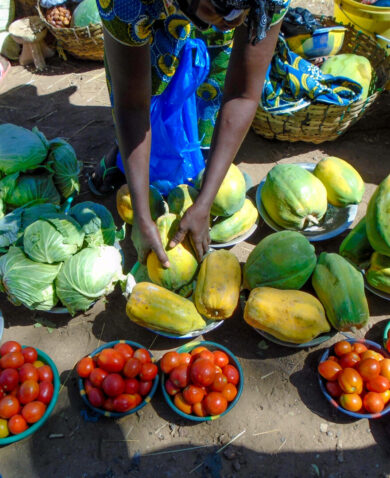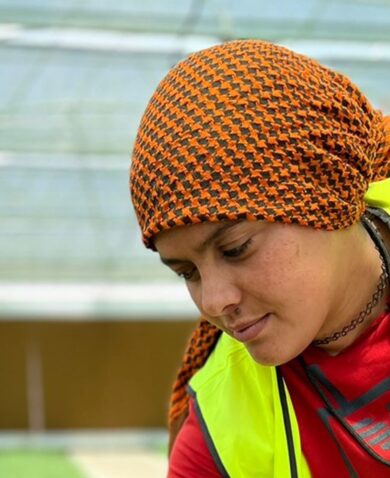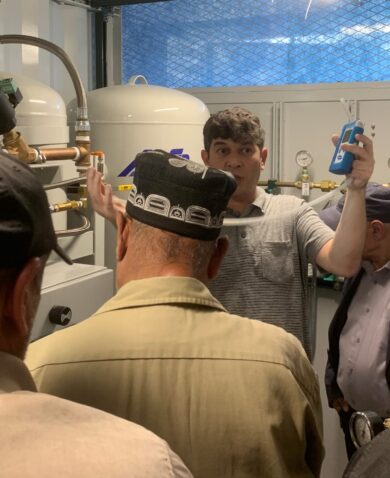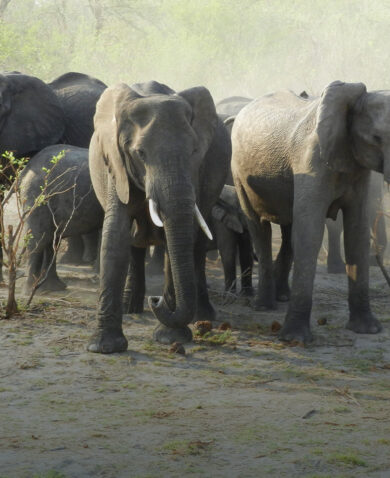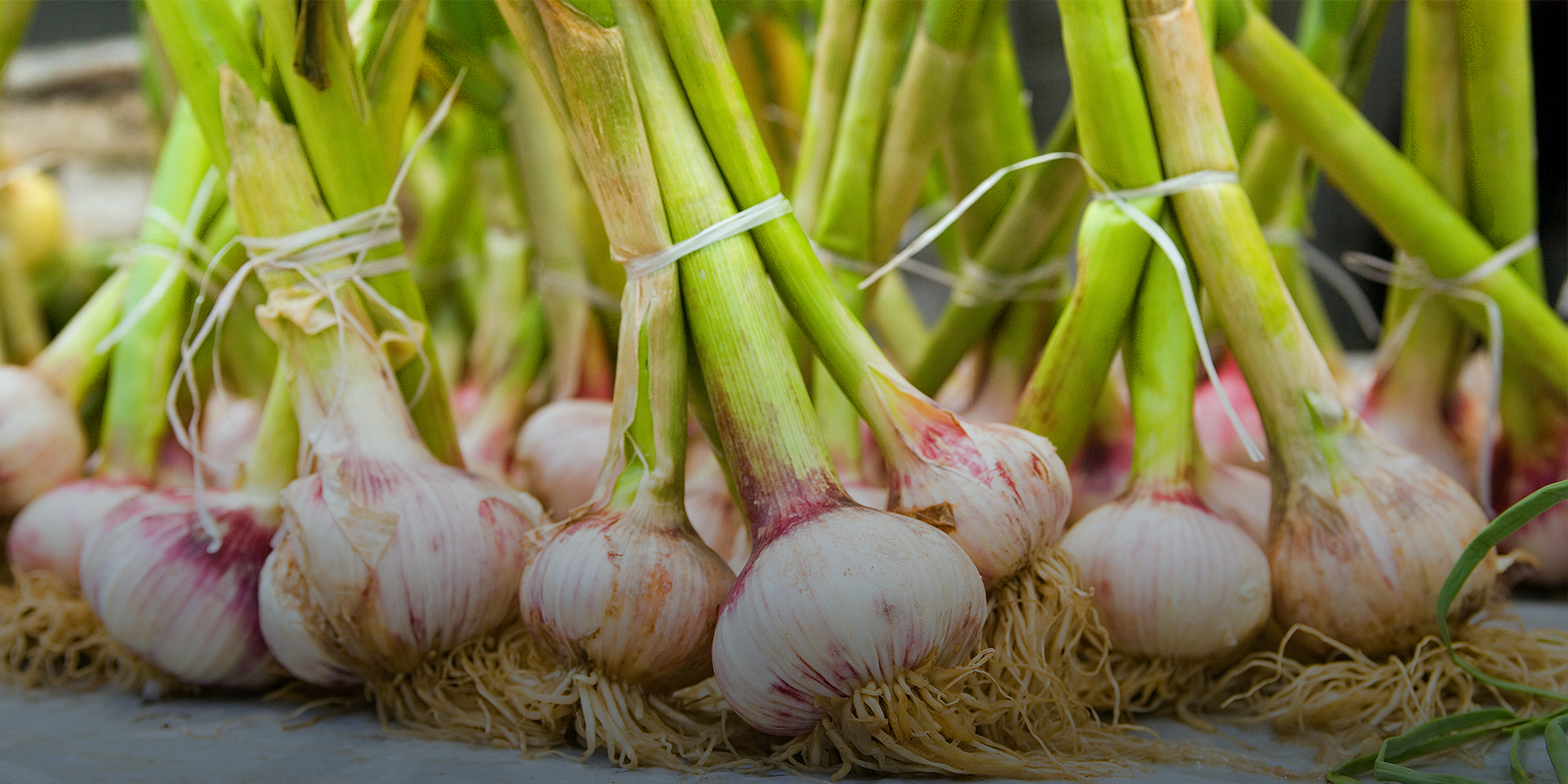
A Resilience Sentinel Network for the Horn of Africa
September 4, 2018 | 3 Minute ReadHow can we address urgent challenges to food security and measure resilience to shocks in the horn of Africa? Philip DeCosse looks at the possibility of building a "resilience sentinel network."
This post originally appeared on Agrilinks.
A sustained focus on resilience in the past decade has led to broad acceptance of it as a major programmatic priority for programs designed to strengthen the ability of vulnerable households to withstand myriad shocks and stresses. Resilience measurement concepts and methods have improved dramatically together with resilience theory and practice, informed by rich knowledge networks (AgriLinks) and resource materials (USAID Resilience Resources). In the critically important Horn of Africa, dozens, perhaps now hundreds, of development programs have established resilience measurement frameworks, and established resilience baselines, to understand whether program interventions have resulted in strengthening resilience. Rich resilience datasets have been produced in association with Kenya Food Security Steering Group (KFSSG) and with programs by CARE, FAO, Mercy Corps, Save the Children, the Food Economy Group, and numerous other Horn of Africa implementing partners.
But while each of these resilience baselines may measure resilience at a program-scale, they are generally not useful for understanding inter-scale resilience impacts across countries, or (except for the annual measures from 90 sentinel sites in the Kenya National Drought Management Authority’s Long Rains Assessments) between regions in a given country. While “sentinel surveillance systems” are used to track emergence of infectious diseases in the public health sector, including in the Horn of Africa (see WHO), there exists no such parallel in tracking emerging changes in household resilience to shocks.
Yet understanding such inter-scale impacts is critical for planning in the Horn, since unexpected shocks or stresses typically become evident through regional market system level shocks (whether from political whim or systemic regional policy shifts), ecological shocks (such as drought or other climate-related events), or political shocks (such as those resulting in sudden migration). We should be able to understand, for example, how a sudden border closing between two countries in the Horn, or the imposition of dramatically stricter maize export restrictions from a single country, will affect household resilience. We also need to better understand the differential capacities of populations across the Horn – and not just for localize project sites – to absorb, adapt to, and transform in response to those shocks.
This need for a system to understand inter-scalar impacts of resilience, and to systematically strengthen resilience in the Horn, has never been greater. A recent economic analysis by Courtenay Cabot Venton for the USAID Center for Resilience estimates the benefit of incorporating resilience strategies with early humanitarian and safety net interventions at $4.3 billion over 15 years compared to the more common late responses to humanitarian crises. In comments at a recent Chemonics’-organized Roundtable on Resilience and Market Systems, USAID’s Greg Collins made the urgency clear when discussing the need for improvements in resilience measurement and inter-scale resilience dynamics: “We need to make progress in the year ahead, not the years ahead!”
A coherent response to this urgent challenge in the Horn would include at least four central elements. First, it would include a common approach to, and framework for, measuring the income and expenditures of households across the region. Second, it would include a common framework for measuring the resilience capacities at individual, household, community, and regional level. Third, it would include sufficient coverage of populations, or population groups across the Horn that it could be used to generate results with relevance and implications across large populations. This requires special attention when measuring psycho-social factors, which can be distinct in different cultures or places. And, fourth, it should not be part of a single, one-time and time-limited project. As Bene et al (2017) have noted, “the mismatch between short-term project cycle […] and the slow process of building households and communities’ resilience makes the task or practitioners almost impossible.”
So, how might we establish a “resilience sentinel network” across the Horn of Africa that would meet these four criteria. We explore four possible options… Read the full article on Agrilinks.
Blog posts on the Chemonics blog represent the views of the authors and do not necessarily represent the views of Chemonics.






